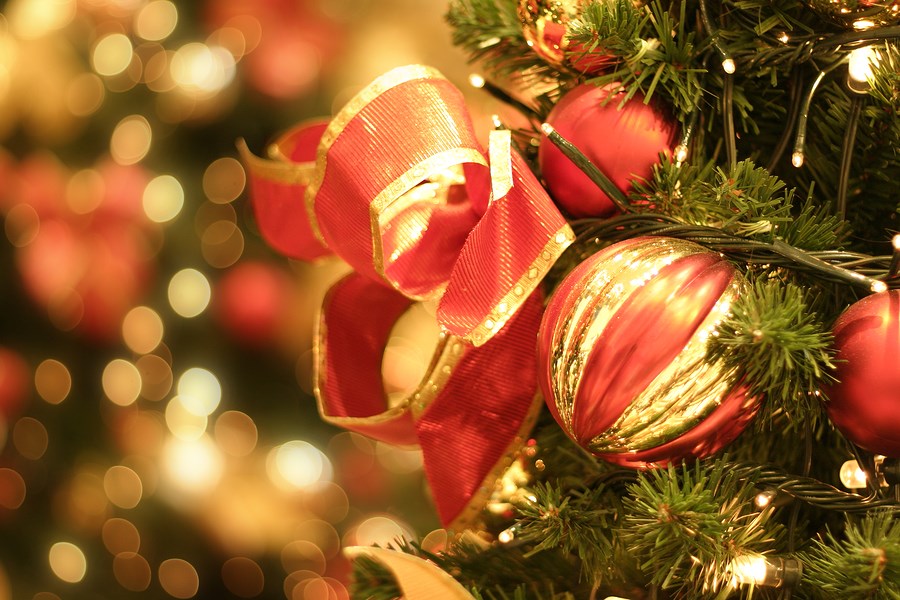Most local stores are ready for Christmas shoppers with lights, decorations and gift items for sale, while Christmas trees are beginning to appear in home windows. This early display of Christmas trees is relatively new, due to the ready availability of more or less realistic-looking artificial trees. But all kinds of natural greenery has been used to decorate homes, inside and out, long before Christianity.
Evergreens were used in ancient times to celebrate the winter solstice, the return of the sun. When Christianity came to Europe, people were reluctant to give up their greenery and some of the associated beliefs, so the church gave greenery Christian meanings to encourage the spread of Christianity.
In Christianity holly, with its prickly leaves and red berries, represents the crown of thorns and drops of blood. Ivy clings to a support, reminding us to cling to God for support in our lives. Laurel has symbolized success and victory for thousands of years – for Christians it represents the victory of God over the devil. Rosemary, the remembrance herb, was used at Christmas to remind us of the birth of Jesus.
Hanging a circular evergreen wreath during midwinter goes back a very long way. For pagans the wreath may represent the idea of eternity or divinity. If you celebrate Christmas as the birthday of Christ, then the Christmas wreath is said to represent the preparation of the coming of Christ.
The advent wreath is not hung, but placed on a table and decorated with four candles. These represent the four weeks of advent, usually celebrated on the four Sundays before Christmas, in preparation for the coming of Christ. Various traditions of lighting the candles are used around the world. The origin of the wreath and candles as an Advent tradition dates back to the Lutheran church following the Reformation, but has been adopted by other Christian faiths.
Many of the traditional evergreens are not readily available to us in our northern area. We tend to rely on spruce, fir, pine and cedar for our natural evergreens, which we can collect ourselves, although cedar requires raiding our own ornamental plants or a trip to the Easterville road.
I decorate with greenery mostly outdoors, using empty planters packed with snow to support the branches, and adding lights. I have also made my own door wreath and advent wreath from local greenery. When collecting spruce, fir and pine boughs I head out with saw and loppers to cut the lower branches from several trees – not too many from any one tree, to reduce stress and to preserve its shape.
You can gather your own greens to decorate or to make a wreath, with wreath-making instructions readily available on the internet.




